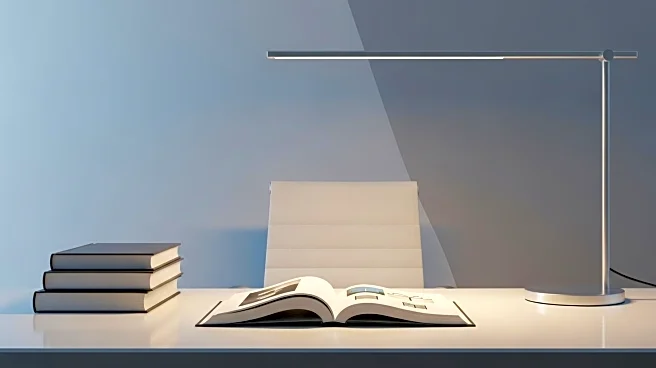What's Happening?
President Trump has imposed new tariffs that are set to exacerbate the already severe housing crisis in the United States. These tariffs, effective October 1, include a 50 percent tax on imported kitchen cabinets and bathroom vanities, 30 percent on upholstered furniture, and 25 percent on heavy trucks used in construction. Existing tariffs on steel, aluminum, and lumber have already increased construction costs, with the National Association of Home Builders estimating an additional $10,900 added to the cost of building a typical new home. The housing market is facing a shortage of 3.7 million homes needed to reduce costs, with mortgage rates at 6.4 percent and 75 percent of households unable to afford a median-priced new home. The tariffs are expected to further increase costs, impacting both homebuyers and renters as construction slows and renovation costs rise.
Why It's Important?
The tariffs imposed by President Trump are likely to have significant implications for the U.S. housing market, affecting affordability and availability. As construction costs rise, fewer homes will be built, exacerbating the housing shortage and driving up prices for both buyers and renters. The tariffs also contribute to supply chain chaos, making materials scarcer and less predictable, which could lead to further delays and cost increases in construction projects. This situation poses challenges for developers and homebuyers alike, potentially slowing economic growth and affecting the broader housing industry. The administration's policies, including immigration enforcement, may further impact the availability of construction labor, adding to the industry's difficulties.
What's Next?
The housing market is likely to face continued pressure as tariffs increase costs and reduce construction activity. Developers may struggle to plan projects due to unpredictable material prices, and the rental market could become more competitive as fewer apartments are built. The Trump administration's approach to housing affordability, including deregulation and interest rate cuts, may not fully offset the impact of tariffs. Stakeholders, including homebuilders and renters, will need to navigate these challenges as they unfold, with potential implications for housing policy and economic stability.
Beyond the Headlines
The tariffs highlight broader issues in U.S. trade policy and its impact on domestic industries. While intended to protect American jobs, the tariffs may inadvertently harm the housing sector by increasing costs and reducing competitiveness. The administration's focus on energy dominance and immigration enforcement further complicates the situation, potentially affecting labor availability and construction capacity. These developments underscore the complex interplay between trade policy, economic growth, and housing affordability, with long-term implications for U.S. society and the economy.











